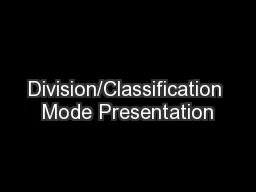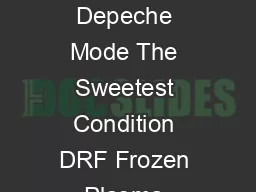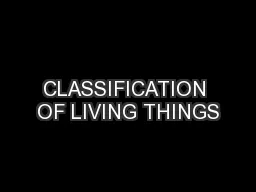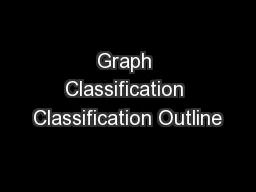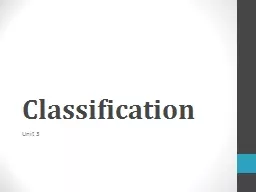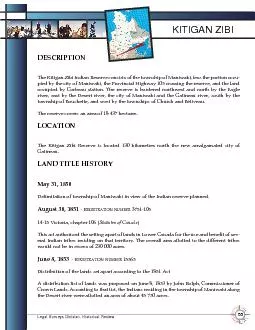PPT-Division/Classification Mode Presentation
Author : calandra-battersby | Published Date : 2018-12-16
Presenters Alison Phelan Amanda Walker Madeline Rivera and Sandra Karon APELAC3 P 5 Definition of Division and Classification Division Using this method we separate
Presentation Embed Code
Download Presentation
Download Presentation The PPT/PDF document "Division/Classification Mode Presentatio..." is the property of its rightful owner. Permission is granted to download and print the materials on this website for personal, non-commercial use only, and to display it on your personal computer provided you do not modify the materials and that you retain all copyright notices contained in the materials. By downloading content from our website, you accept the terms of this agreement.
Division/Classification Mode Presentation: Transcript
Download Rules Of Document
"Division/Classification Mode Presentation"The content belongs to its owner. You may download and print it for personal use, without modification, and keep all copyright notices. By downloading, you agree to these terms.
Related Documents

